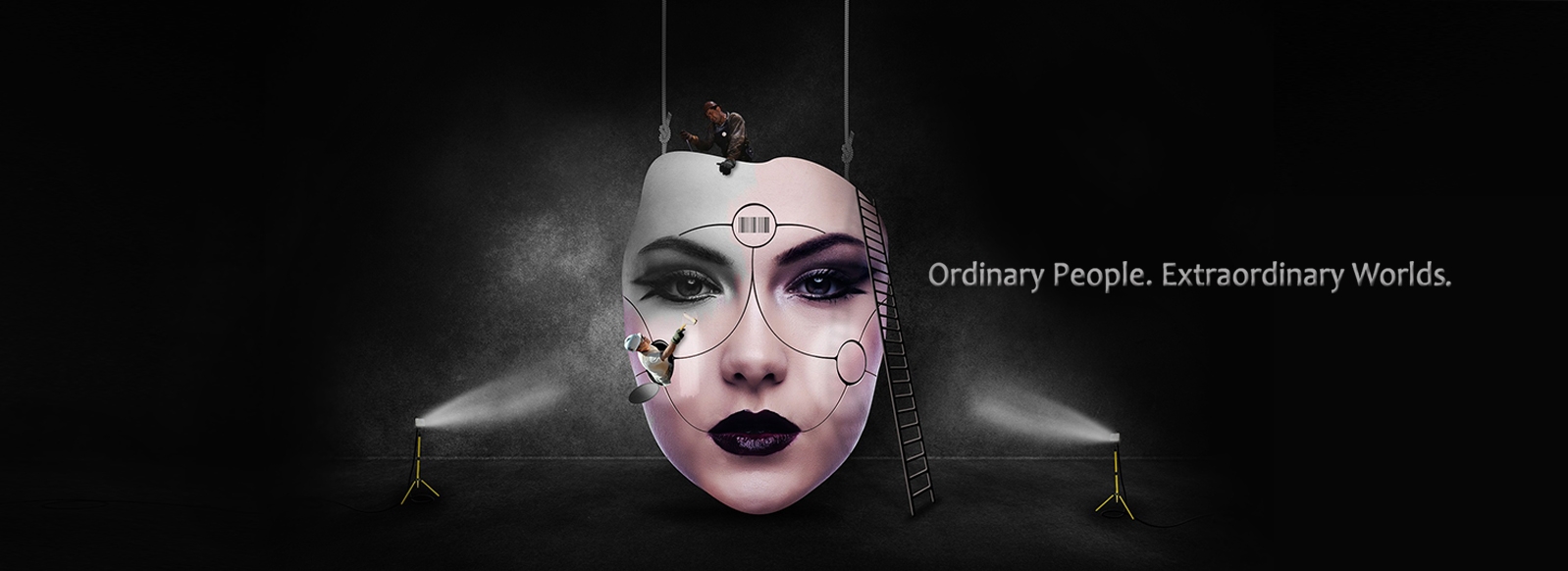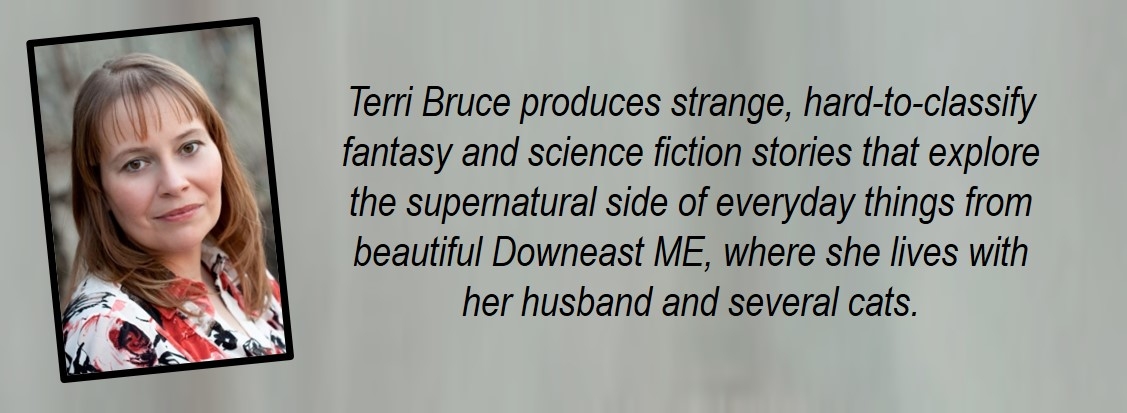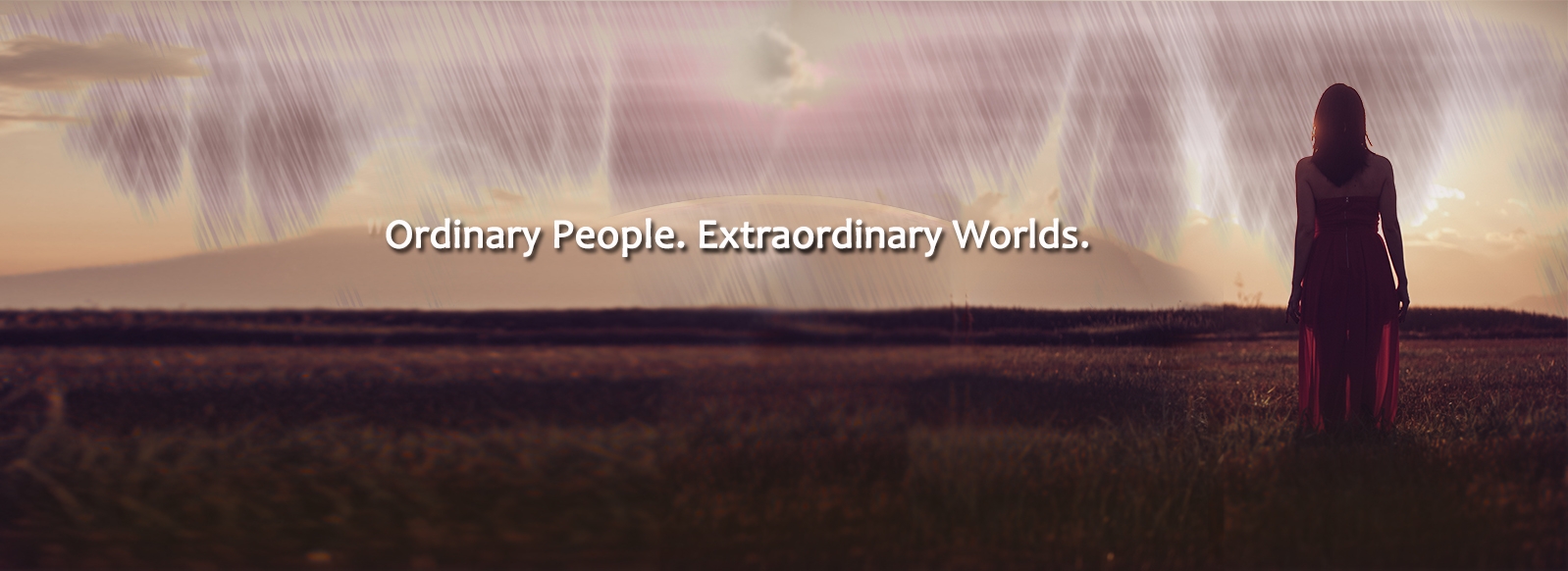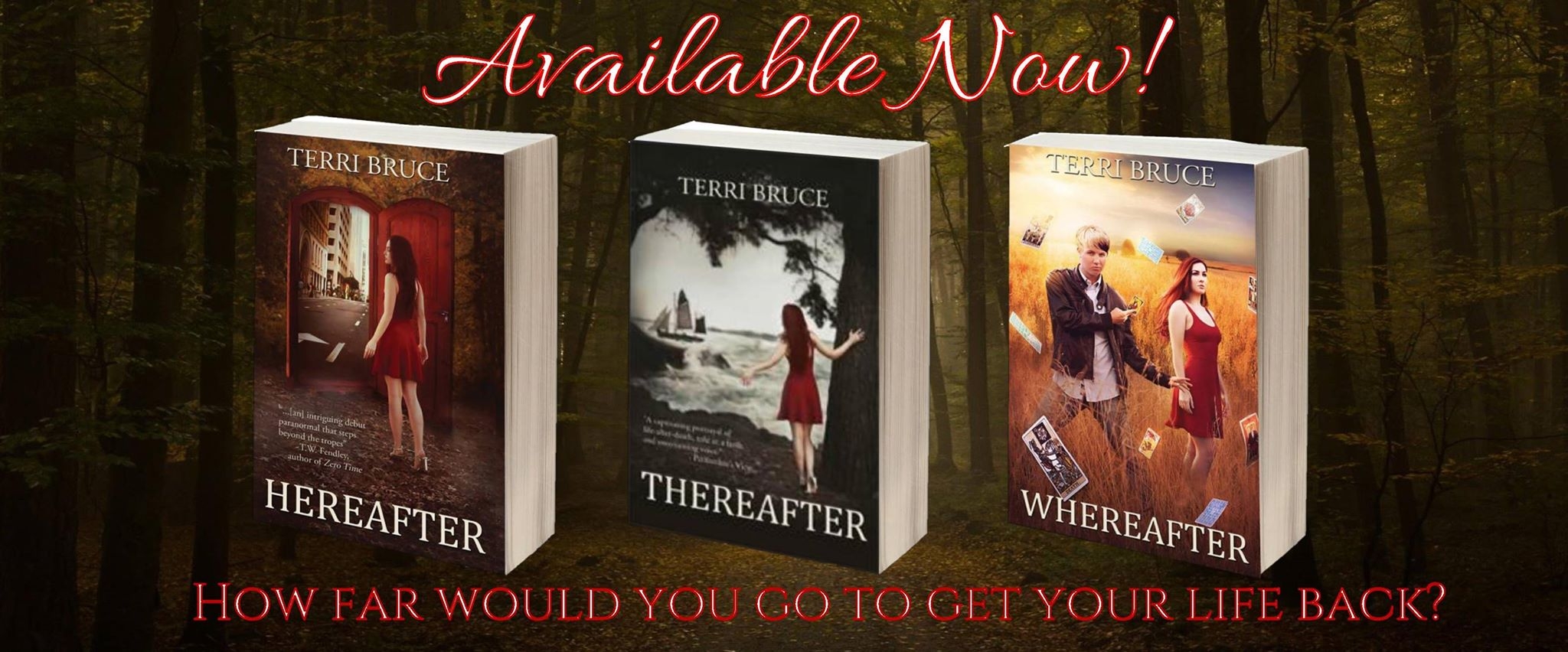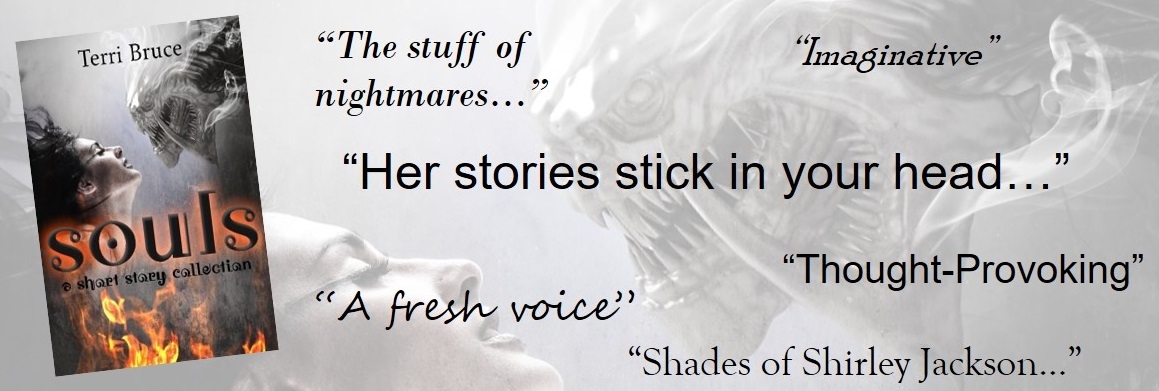Blog: Point of View
One of the themes of my novel, SAY IT THREE TIMES, is how point of view (POV) affects our perception the so-called "Rashomon Effect"). Most stories are told from a single POV—just like life. But, unlike life, we usually assume we’re being told the story as it is—that is, that the narrator is telling the truth. Shifting POV stories can be used to reveal an unreliable narrator or a different side to the story. In SAY IT THREE TIMES we never get that POV shift—we only know what the Detective reveals and through subtle cues, we come to suspect the Detective may not be telling us the entire story, may be purposely lying, or may even be delusional.
Personally, I love “shifting POV” stories, especially movies like The Usual Suspects and Immortal Beloved where a last minute shift to another character’s point of view reveals an entirely new context or meaning for the story. But many people do not. They often feel cheated when the story changes with the introduction of a new POV because it prevents the reader/viewer from anticipating the ending. Next week I’ll talk more about unwilling narrators in fiction. But this week I wanted to talk a little more about the craft of writing revealing POV shifts. Guest blogger and historical fiction writer Joyce Alton joins us to share her insights on how POV changes can alter our perception of a story and whether or not such stories ultimately work.
Joyce Alton says: I think in some cases, yes, it can work. It’s a unique storytelling structure which should be used sparingly or it would cease to be fresh and become predictable. Mystery novels come to mind first, when you have a room full of suspects and witnesses each giving their account of events. Maybe they’re telling the truth, maybe they’re fudging it. It’s a fun brain tease for the reader.
It takes a deft imagination and the ability to manipulate and withhold to get away with simultaneous multiple POVs. It’s not something easy to whip up. It takes planning and character analysis, understanding their motivations and fears.
Using POV changes in a less specific sense can lend similar attributes to a story. It’s popular right now to write from one POV and in the first person. The beauty of multiple POVs is that the reader can fall in love with more than one voice and character. Switching up POVs allows us to reveal other facets of the story. Say we jump from the protagonist and what they know to the antagonist and what they know. It’s great for foreshadowing trouble or revealing tidbits the reader will know that the other characters do not, thus potentially building greater tension when the reader is begging the protagonist not to make a certain choice yet knowing they will and what is waiting for them as a consequence.
Multiple POVs allow us to understand more sides to a story and opens up channels of reflection for the reader. Someone we have thus far perceived to be a villain, may in fact be a victim instead, their actions are being forced by someone/something else. The picture becomes broad and sweeping, more colorful than from a limited POV. Some might argue having multiple POVs kills the potential for a twist or surprise reveal. If the writer uses too many POVs or reveals too much in a scene, yes, you can effectively kill a climactic twist. But, sometimes the moment where everything we’ve learned from everyone clicks and we don’t need a shocking twist to give the reader a burst of adrenaline. There are more nodes of conjunction with multiple POVs.
All POVs have their place and some work better for certain stories than others. I think any multiple POV story, whether simultaneous story versions or not, takes hard work and the ability to dole out information in bits and pieces aimed to keep the reader guessing and on their toes.

